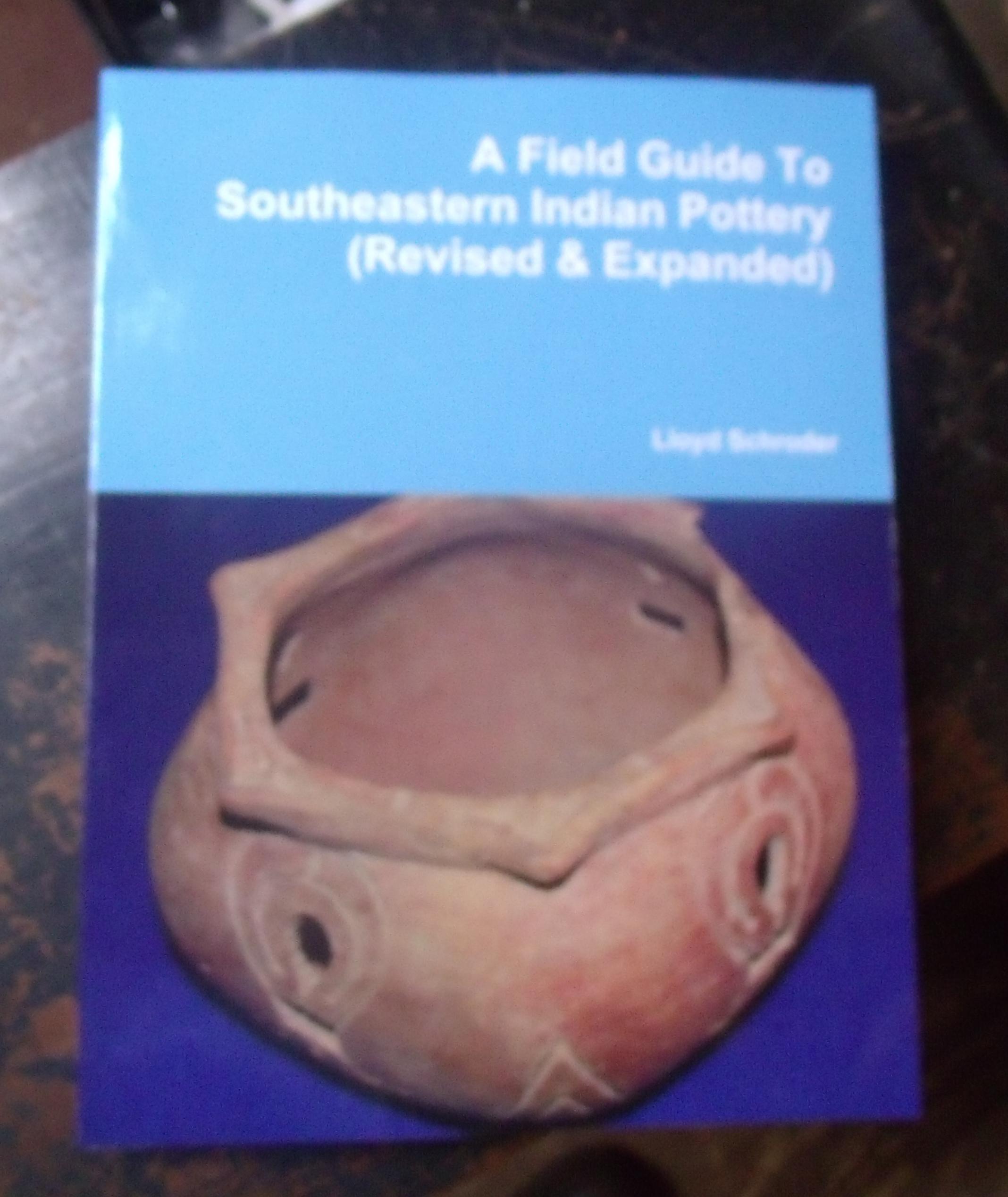——–Click on the surface treatment that most resembles your find———–
Pottery is an amazing artifact. There are many types, all with different designs or no design at all. Designs come from the potter’s imagination or his beliefs. All have different tempers, some of grit or small pebbles, some of Spanish Moss that has burned away, leaving only a trace of its existence. Some types are tempered with sand and some with clay; others with what some would call no temper at all, only to discover that there are small, microscopic sponge spicules that hold it together.
Think about this. Pottery is a lot like people. Each one was fashioned by the Potter’s hand, each uniquely designed from the Potter’s heart. Some were designed for daily use while others were designed for special occasions and celebration. All were tempered, but all have a different temperament. How has the Potter designed you and tempered you? What was His special plan and purpose? We are clay in His hands. Many are like much of the pottery we find, broken and discarded by the world, but there is still hope. Like the pot sherds that were broken and cast aside, then recovered and rounded into gaming stones to become the center of joy in an Indian’s life, our broken lives can be renewed to become the center of joy in the Potter’s heart.
For more detailed information on these and other pottery types within the Southeastern United States, please see our “Publications” page to order Lloyd Schroder’s Field Guide to Southeastern Indian Pottery (Revised & Expanded).
This amazing new book contains over 500 pottery types, each explained in very readable terms with thousands of illustrations and maps of distribution. The volume has earned the acilades of senior archaeologists like David Anderson of the University of Tennessee and well-known Georgia archaeologist Jerald Ledbetter. No serious student of archaeology should be without it.

Tom Lewis and Madeline Kneberg named this type in 1946. Lewis and Kneberg did their research at the Hiwassee Island site and the areas surrounding it.
Crushed limestone in generous amounts was used as temper in this type. Paste colors vary, but dark gray or drab brown is predominant, although light brown or brick colors do occur. The core is frequently black. Decoration was done with cord-wrapped paddle impressions on the vessel body and rim, and occasionally on the lip. Impressions were normally made vertical to the rim. Cord impressions are of fine, tightly twisted cord and are clear and distinct. Rims are usually vertical and rim folds are frequent. Lips are rounding or slightly flattened. The body of the vessel is elongated with a constricted or conoidal-like base.
This is an Early Woodland period pottery type that is found in eastern Tennessee and perhaps extreme western South Carolina in Candy Creek related sites.
Thomas M.N. Lewis and Madeline Kneberg 1970. Lewis and Kneberg also did research on this type at the Hiwassee Island site. The type was named for Hamilton County, Tennessee
Limestone was used as temper in this pottery, but it should not be confused with Copena, Adena and Ohio Hopewellian pottery of earlier periods. The cord markings of the Late Woodland period tend to be wide, shallow, less distinct while the cord marking of vessels made during the earlier Candy Creek phase are more distinct, tightly woven and may have folded rims. In both cases, the cord markings run perpendicular to the mouth of the vessel. Cord markings are often smoothed over and may be only faintly visible. Past surface color ranges from dark to light gray. Vessel forms include pots, pans, jugs, mugs, jars.
This is a Late Woodland ware that is found throughout all of eastern Tennessee into northwestern Georgia and northeastern Alabama.
Tom Lewis and Madeline Kneberg reported on this type in 1941 and again in 1957. The type was named after Watts Bar, Tennessee, in Roane County.
Sand or grit was used as temper in this pottery. Surface decoration consisted of cord markings that some believe may have been applied by forming the pot in a basket. The vessel forms are unknown at this time.
Watts Bar pottery appeared in the Early Woodland period. The type is found in eastern Tennessee, perhaps northwestern Georgia, and Alabama.